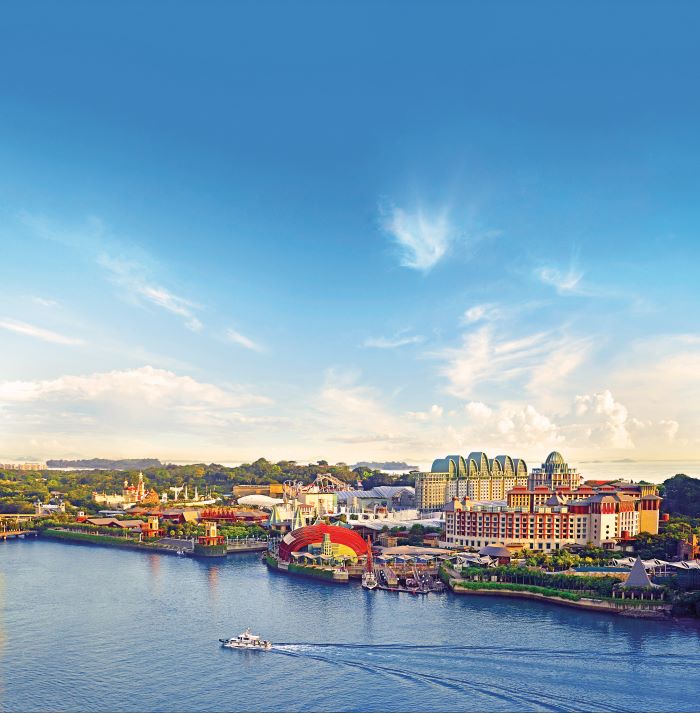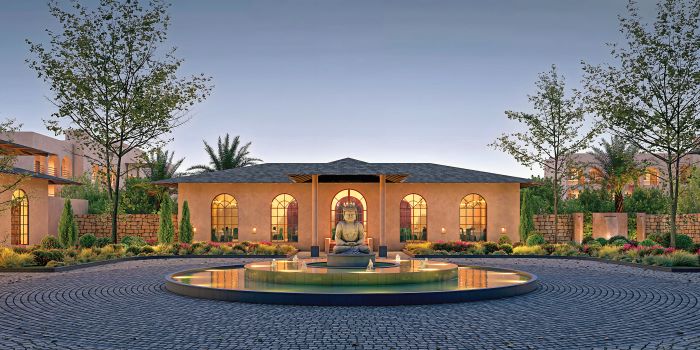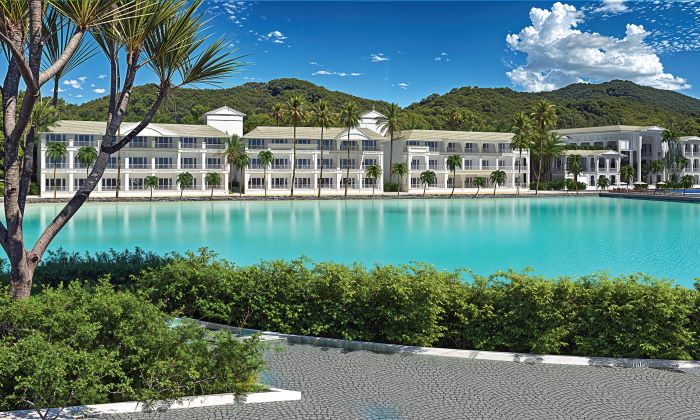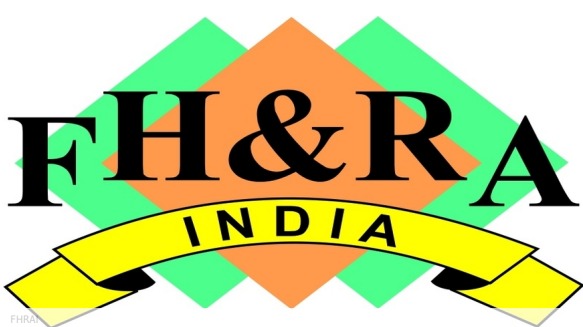Bright prospects beckon Indian hotel industry as it has stood out tougher, wiser, and more robust post-COVID, opines Nikhil Shah.
The hotel industry is one of the largest employment generators in India. With travel and tourism’s total contribution to the GDP in 2019 being among the top 10, the sector is a major contributor to the country’s economy. Post-COVID it has emerged stronger, smarter, and more powerful.
According to a projection by IBEF, the travel and tourism market in India is projected to reach US $125 billion by FY27 from US $75 billion in FY20. International tourists are expected to reach 30.5 million by 2028. However, they have not yet reached pre-COVID levels. The Indian travel and tourism industry is expected to record an annual growth rate of 10.35 per cent between 2019 and 2028, reaching US $512 billion by 2028. In FY19, it contributed US $191.3 billion to the GDP.
Here are some of the major indicators pointing to the fact that the hotel sector is all set to enter the Supercycle:
Inflation: The average Consumer Price Index inflation has been around 6 per cent in the past few years and the IMF is expecting the inflation to be in the range of 5 per cent which will increase the operating cost, thereby increasing the interest rate.
Wealthier India: Rising GDP, projected to be at an average rate of 6.3 per cent till 2030 by S&P, will help the economy grow and will make more resources available—goods and services, wages, and profits. IMF is expecting the inflation to be in the range of 5 per cent which will increase the operating cost, thereby increasing spends
on leisure.
Population advantage: A sizeable chunk of the population falls under the working class. This will help the travel sector as disposable income will most likely be high. Refer to the chart given below reflecting that approx. 67 per cent of the population lies between 15–64 years of age.
| Age bracket | % of people | Inclined to travel |
| 0–14 years | 26.31% | |
| 15–24 years | 17.51% | 66.98% |
| 25–54 years | 41.56% | |
| 55–64 years | 7.91% | |
| 65 years and over | 6.72% |
Cost rationalization: During COVID, period hotels implemented cost rationalization measures to reduce expenses and maintain profitability. They were able to reduce the fixed cost which otherwise was unheard of. With business back to normal most of these cost rationalizations have remained, leading to better margins.
Limited supply: Shrinking supply will lead to shortage of hotel rooms available for occupancy in a specific market or geographic area. This can occur for a variety of reasons, including insufficient new hotel developments, increased demand for travel, and the adverse effects of COVID. As the hotel supply is limited, room rates and occupancy levels will increase further, as there is great demand among travelers for hotel stays.
High returns: A combination of the above five factors are enabling hotel owners and operators to charge higher rates and achieve higher occupancy levels. Some of the recent results of the hotel companies have been phenomenal. For instance, IHCL’s Taj Hotels topline is increased by more than 20 per cent quarterly compared to pre-COVID period Q3, Dec 2019. The annual consolidated EBITDA margins are 35 per cent in the current period which were in the range of 20 per cent to 25 per cent. Puneet Chhatwal, MD & CEO, IHCL is hopeful that the Q4 also will be strong compared to past Q4 as Q1, Q2, and Q3 were the best ever in the 120-year-old history.
Supercycle suggests it is the best time to buy hard assets, especially hotels. A hotel having around 70 per cent occupancy generates EBITDA of approx. 35 per cent, and with a 10 per cent increase in occupancy, the increase in the EBIDTA will be more than 10 per cent.
If you have the budget and are looking to invest, you should bid on hotels available for sale as hotel valuations will soar in the near future due to the above-mentioned factors including limited supply, great demand, and phenomenal performance.









